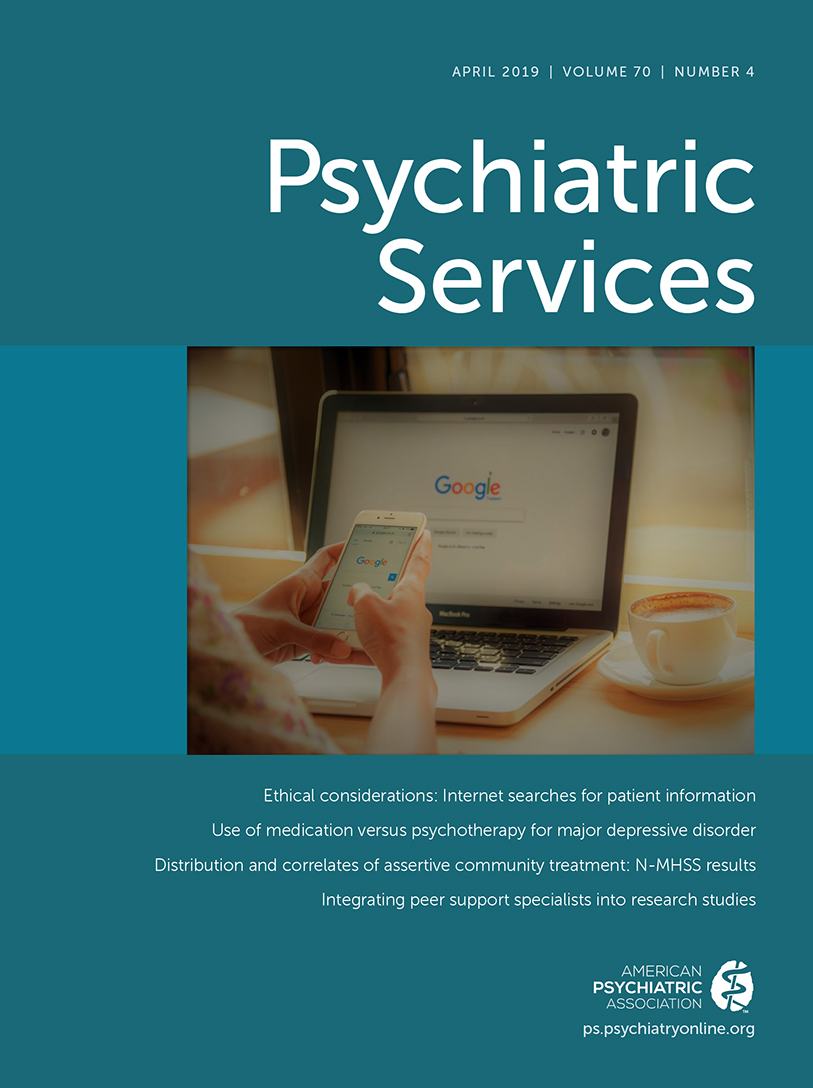Rates and Determinants of Use of Pharmacotherapy and Psychotherapy by Patients With Major Depressive Disorder
Abstract
Objective:
Rates and determinants of pharmacological and psychotherapy use were assessed after a major depressive disorder diagnosis.
Methods:
In a retrospective claims study that included 2007–2016 records from the IBM MarketScan research databases, use of pharmacotherapy and psychotherapy was tracked in a population of 24,579 patients with a diagnosis of major depressive disorder. Univariate and multiple variable analyses were used to identify determinants of antidepressant adherence (proportion of days covered ≥.8) and intensive psychotherapy at the beginning of treatment (at least four psychotherapy visits in the first 4 weeks after initiating psychotherapy).
Results:
In the 12 months following a diagnosis of major depressive disorder, most individuals received pharmacotherapy or psychotherapy (94.7%), and unimodal therapy was more common (58.5%) than bimodal therapy (36.2%). When antidepressants were initiated (N=13,524), 41.7% and 32.0% of patients were adherent in the acute and continuation phases, respectively. Initial antidepressant dosages were outside guideline recommendations for 34.5% of patients prescribed these medications. When psychotherapy was initiated, the median number of visits in the year after a patient’s diagnosis was seven. Most patients (54.7%) did not continue to receive either antidepressant or psychotherapy treatment after month 5 following their diagnosis. A shorter time from diagnosis to treatment and a lower percentage of treatment costs paid by the patient were associated with increased antidepressant adherence and intensive psychotherapy use.
Conclusions:
Findings indicate that treatment guideline recommendations are not followed for a large proportion of patients with major depressive disorder and that improvement is needed in multiple areas to enhance effective treatment.



